What improvements should we expect in smartphone cameras in 2022?
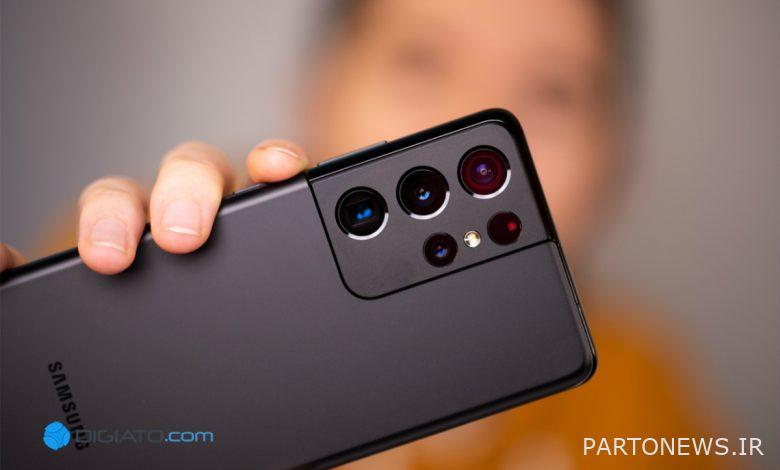
We are in the final weeks of 2021; A year in which many flagship phones were introduced and the camera of these products was accompanied by many improvements. This year, mid-range phones came with a 108-megapixel camera, and various shooting modes such as astronomy were added to the smartphone camera. But what changes should we expect for next year?
Smartphone cameras have come a long way in recent years, and now most of them, from economy to mid-range and flagship, are equipped with such cameras. In 2021, the camera quality of smartphones improved a lot, and even Google decided to give up its 12-megapixel camera with the Pixel 6 series, after years.
Despite such improvements, we still have to wait for more changes and improvements in the future. In this article, we want to take a look at the possible improvements of the smartphone camera in 2022, stay tuned to Digiato until the end.
Improve the quality of the camera under the screen
Thanks to ZTE, the first commercial phone with a selfie camera under the screen arrived in 2020, but several more phones joined this year. ZTE unveiled the second generation of technologies with the Exxon 30, and the Xiaomi Mix 4 and Galaxy Z Fold 3 also feature a selfie camera under the display.
Despite the addition of these phones to the list of products equipped with a camera under the screen, but still can not be satisfied with their performance. In general, their quality can be given an acceptable score in daylight, although they still can not compete with standard and traditional cameras even in such conditions. In addition to the low quality, the location of the selfie camera on the screen also reduces the quality of the panel, and the quality of the screen there is different from other parts.
Next year, more products will be equipped with this technology and we expect its quality to increase. In addition to using better sensors and screen changes, we should expect to use new and more efficient algorithms for these cameras. Some regular flagships, such as the Xiaomi 12 Series or its Ultra version, will likely be equipped with a selfie camera under the screen, although we should not expect such technology in the Samsung Galaxy S22 series.
Cinematic video recording for Android phones
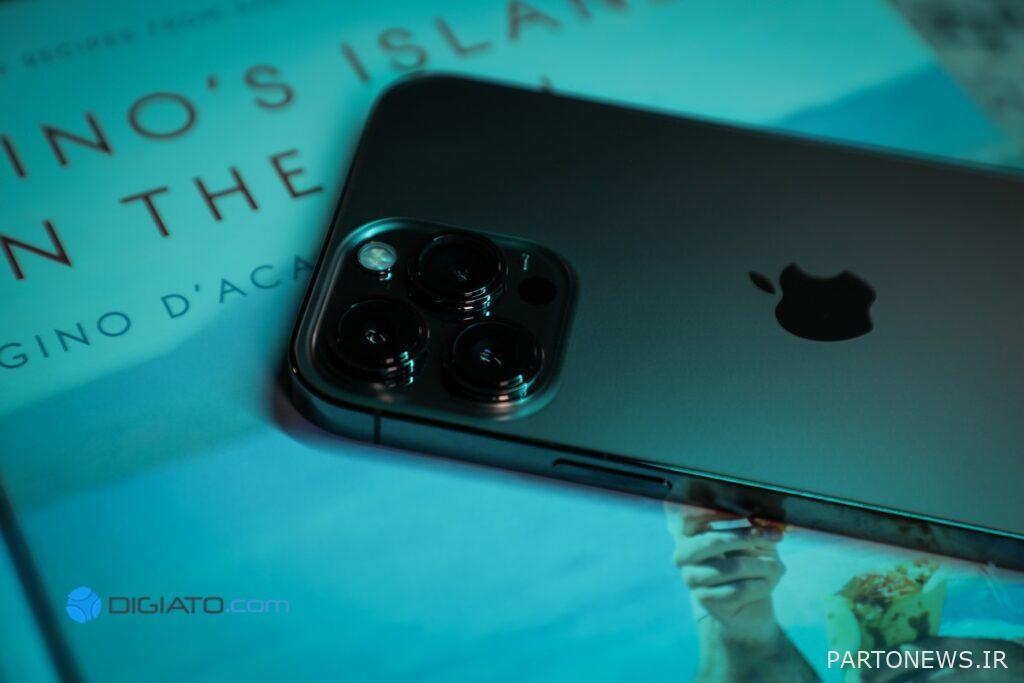
One of the most important features of the Apple iPhone 13 Series cameras is the cinematic video mode, which uses portrait mode more intelligently and effectively. Although portrait filming is not a new idea and we have seen such a feature in Huawei and Samsung phones in the past, Apple has taken a different approach. The Cupertinos have used autofocus to identify faces, track objects, and more.
Given that the features of iPhones and Android phones will change after a while, we should expect to add cinematic video mode to some Android products in 2022, although it is likely that in 2023 all flagship Android phones will be equipped with the same mode. In the past, the capabilities of iPhones such as 3D touch have been introduced to Android phones several times, so we should not doubt about adding the video mode of the iPhone 13 series to some of the 2022 flagships.
RGBW cameras
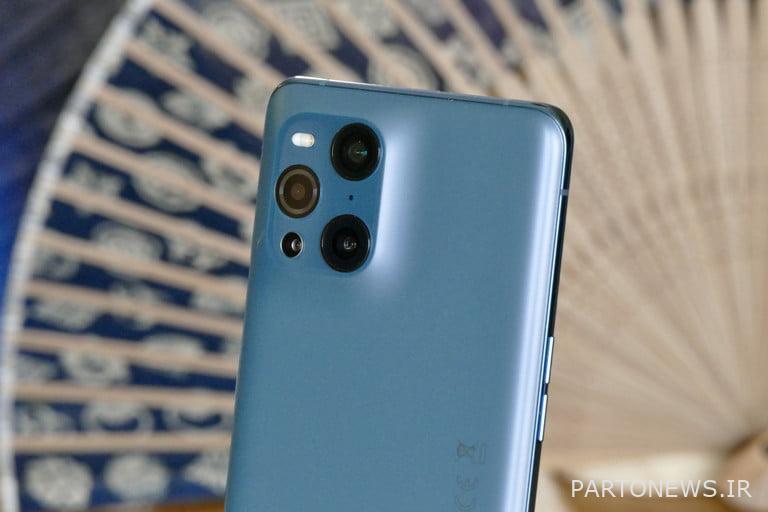
We first saw the addition of RGBW sensors to smartphones in 2015, when Huawei unveiled the P8. Oppo continued in this direction and in 2015 and 2018 unveiled products equipped with such sensors.
Normal camera sensors have color filters with red, green, and blue subpixels, but RGBW sensors add white subpixels. By adding this new subpixel, we get better light absorption and less noise.
Oppo and Vivo have used RGBW camera sensors for their future products, and in this regard, we expect to see the release of phones equipped with them again in 2022. Of course, Oppo said that in the fourth season of 2021, it will unveil a commercial device with this sensor, and Vivo also announced the introduction of such a product in 2021 in 2020. These sensors provide users with higher quality than the RYYB sensors we have seen in Huawei phones.
Along with Chinese companies, rumors also point to the addition of this sensor to Samsung’s next flagships. The Galaxy S22 series is said to come with a 50-megapixel RGBW camera. Even if the Koreans do not add such a sensor to the Galaxy S22 family, it is likely that several products with RGBW sensors will be available next year.
Improved camera shake performance
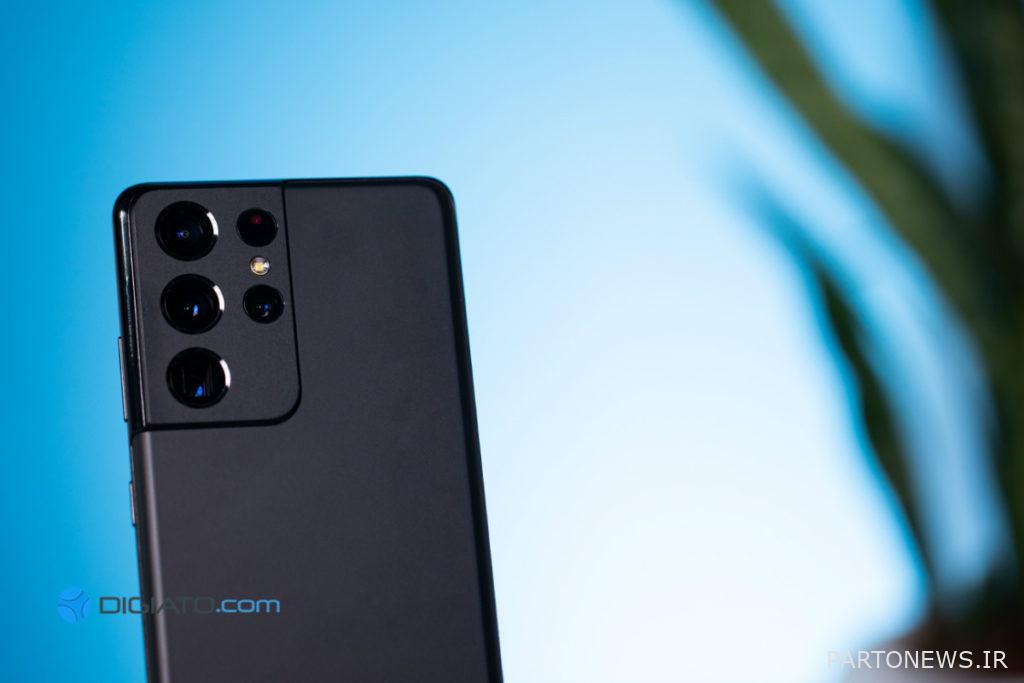
For years, flagship and even high-end handsets have been equipped with optical image stabilization (OIS) and date back to the Lumia 920. But in the meantime, several companies have taken other steps and improved their performance in recent years. For example, Vivo has switched to micro-gimbal anti-shake technology, or Apple has used Shift sensor vibration technology.
Advances in Vivo micro gimbal technology are expected to continue next year, and of course Samsung will bring optical image stabilization to the Galaxy A series mid-range handsets. Meanwhile, Oppo also demonstrated 5-axis anti-shake technology this year, which will be launched early next year. In general, OIS technology in flagships will perform better in 2022, and its standard model will be affordable for handsets.
Variable telephoto camera

Sony achieved an important technical breakthrough in 2021, which was the introduction of smartphones with variable telephoto cameras. This feature, which is present in the Xperia 1 brand 3 and Xperia 5 brand 3, eliminates the need for the user and the manufacturer of the phone from two telephoto cameras to achieve high quality zoom capability.
Conventional telephoto and periscope cameras have a fixed zoom factor, and the hybrid zoom between them is achieved with the help of software. But Sony took a different approach, using a telephoto camera in its flagship that can give you 2.9x and 4.4x optical zoom.
Of course, this design style also has a problem, and that is the dependence on hybrid zoom for various zoom coefficients. However, it offers higher quality and flexibility than a conventional telephoto or periscope camera.
We expect Sony to continue to improve this technology in 2022, but there is another company in the field: Oppo. Oppo unveiled a modular continuous optical zoom this year that can smoothly move between 3.3 and 7x optical zoom, allowing users to shoot. It is possible that in 2022 we will see the supply of products with this technology.
Improved 8K video quality
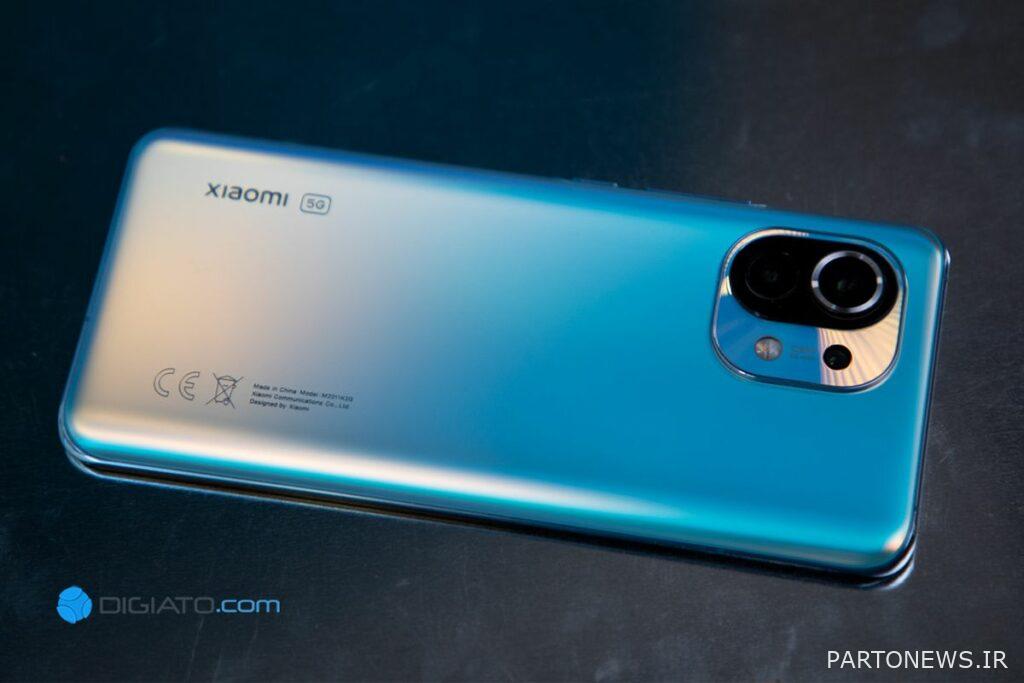
8K video recording first entered the world of smartphones in 2019, and Red Magic 3 keyed in such a trend, although its ability to shoot 8K video at 15 frames per second was disappointing. Fortunately, in 2020, thanks to the Snapdragon 865 chip, the quality of 8K video on smartphones was greatly improved, and we saw support for 8K video at 30 frames per second. This trend continued in 2021.
We expect 8K video quality to improve in 2022 as well. Although it is a bit early to support 8K video recording at 60 frames per second, we are likely to see higher quality, for example flagship phones capable of 8K HDR video recording, as well as improved shake quality in 8K video.
Dedicated imaging chips
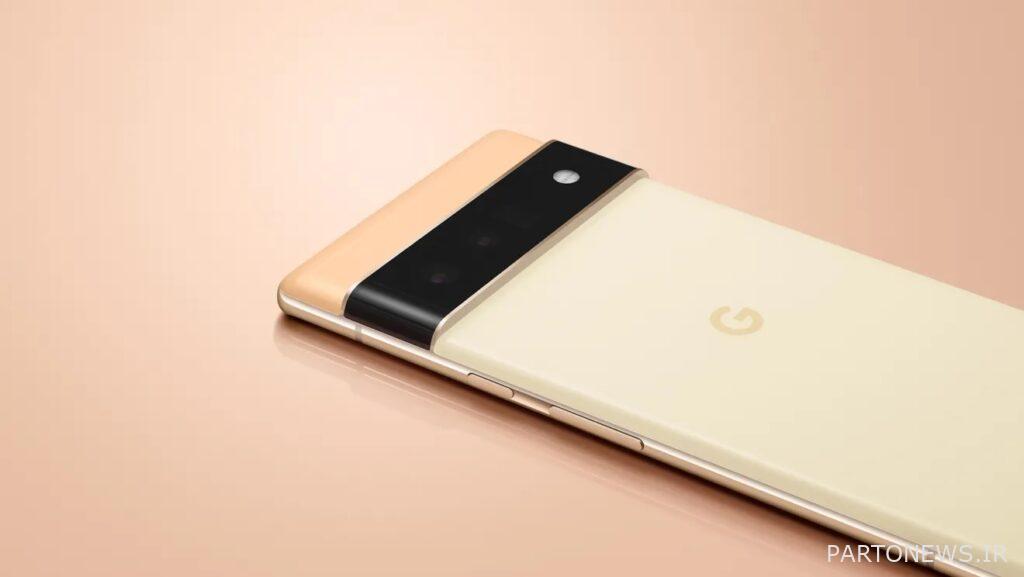
Smartphones typically rely on an image signal processor (ISP) on their chipset to process images. Phones equipped with Snapdragon chips, for example, often use the Spectra ISP. However, in 2021, some brands switched to using their own ISP.
Xiaomi Mixfold and Vivo X70 Pro Plus use a dedicated ISP instead of Snapdragon imaging chip. Xiaomi claims that its ISP has higher quality in low light conditions, better autofocus performance, and more power in white balance and autofocus. Vivo also says that the ISP reduces that noise and has higher energy efficiency.
This is not the first time we have seen the use of dedicated imaging chips in smartphones. Google’s flagships have been using proprietary imaging silicon since 2017, and the chip has been improved in the Pixel 6 series. This approach is expected to continue next year, and we will see the use of newer, higher-quality dedicated ISPs to improve image processing quality.
Quick and smart removal of objects from images

The camera of the Pixel 6 series phones has interesting features, one of the most important of which is called Magic Eraser. Google, like Samsung and Huawei, offers users the ability to remove objects and annoying objects, and you can remove them from the scene. Google first introduced this feature in 2015, but added it to its handsets in 2021.
With Google entering the field, next year Xiaomi, Oppo and OnePlus are expected to add the ability to automatically and intelligently remove annoying objects to their smartphones. Google added astronomy photography to its handsets in 2019, followed by Riley and Vivo. So we have to wait for a copy of this Google feature.
The Pixel 6 series handsets also have features such as Motion mode and face blur removal, which smartphones from other brands will probably be equipped with next year.
What do you think about the capabilities of this list? Do we have to wait for another feature that is not on our list? Share your opinion with us and other users.

